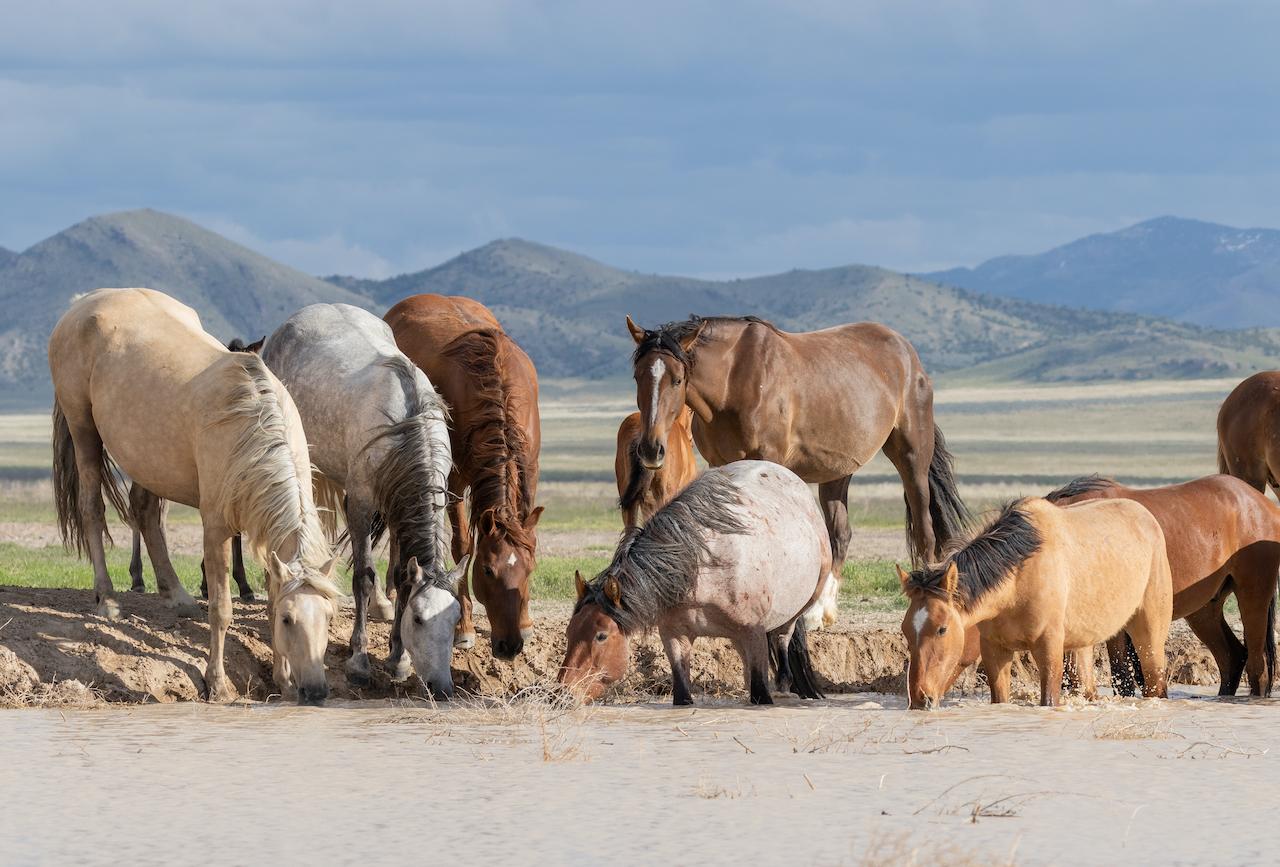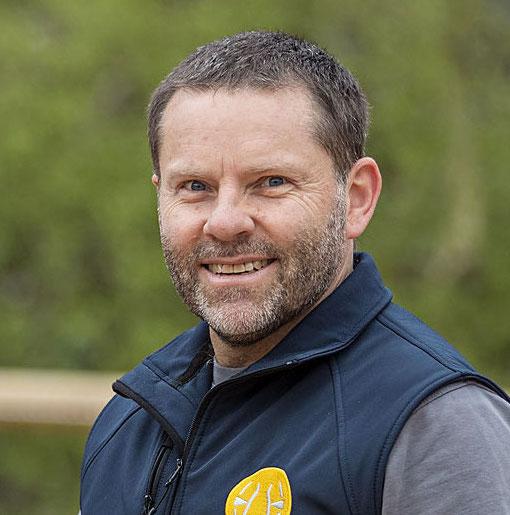23 February, 2025
When I use the term 'traditional podiatry' I am referring to the specific knowledge of equine podiatry that has been passed down from generation to generation, either from parents to children or through literature and specialist training centres.
I would now like to distinguish between what I call 'traditional podiatry' and 'modern podiatry'.
Broadly speaking, traditional equine podiatry is based on the study of the foot and limb against an idealised standard. Any equine foot that does not conform to this standard can be considered defective or incorrect.
According to these principles, a horse must conform to these standards in order to walk comfortably and maintain the health of its anatomical structures. If it does not, it is considered to be uncomfortable and at risk of injury.
But what happens to horses that do not meet these standards? This is where training centres and the need to learn come in.
The reality is that only a small percentage of horses can be defined as 'correct'. The rest are considered 'defective' or 'wrong'.
According to this principle, every 'wrong' horse needs special help to walk comfortably and stay healthy. To achieve this, traditional training centres require years of study and practice. However, science has not yet found all the solutions to the problems that arise, so research continues with no end in sight.
Strangely enough, all of this research is centred around one thing: trimming the hoof flat.
Yes, you read that right, the flat trimming of the hoof.
Therapeutic, orthopaedic or protective elements are then placed on top of this flat trimming to improve the horse's movement and allow it to perform in its discipline.
When we talk about a flat hoof, we are referring to a single plane with infinite positions anchored to a single axis: the limb. It is like a plate balanced on the tip of a pool cue. The positions of the plate can be infinite, but the plate is still only one.
This confirms the adage that 'balancing a horse by trimming the hoof flat is a matter of luck’.
The big problem is that the horseshoe can hide many imbalances, even in movement, but it is known that in the long term the horse ends up feeling pain in some part of the body.
Paradoxically, regardless of the conformation of the horse or the posture adopted, in traditional podiatry the trimming of the hoof will always be flat. And on top of this flat surface, all sorts of elements are applied in an attempt to give the horse the much sought after 'comfort'.
In my book I represent this principle with an inverted pyramid. In the absence of a solid base, the search for solutions becomes infinite.
Let's see what happens when we invert the same pyramid.
In February 1999, 26 years ago, I began to observe that the sole of a horse's hoof has a well-defined boundary, a line that separates what belongs to the foot from what has grown. Today in our schools we call this boundary the 'functional sole' or 'level 0'. Other schools call it the 'living sole' or 'hard sole', but these are just different ways of referring to the same structure.
It was then that I understood that this limit moves both horizontally and vertically because the hoof is closed at the toe and open at the heel.
This longitudinal flexibility of the hoof gave rise to the F-Balance® concept. The letter 'F' comes from the word 'flexibility'.
Flexibility in the hoof prevents certain structures of the foot from being injured, such as the collateral ligaments, when the horse moves over uneven ground. This flexibility is natural and necessary as it provides constant stimulation to the soft internal structures of the foot and is closely related to the blood supply system.
When you start to consider the functional sole and combine it with the longitudinal flexibility of the hoof, your view and interpretation of the foot changes completely. You learn to respect its limits and to recognise latero-medial imbalances, allowing you to restore the horse's natural balance without interfering with its anatomical structures. In short, you turn the pyramid upside down.
By closely following the plane of the functional sole, you will discover that approximately 99% of soles are not flat. They may have a latero-medial imbalance, where one side is lower than the other –lateral flexion gap–, or an arch-shaped depression in the area of the quarters –arch gap–.
Both types of deformity are natural and necessary for the foot to function properly. They only appear after level 0 or the functional sole level has been reached. If this level is not reached, it will be impossible to detect any imbalances or pressure points.
The lateral flexion gap is caused by a greater load on one side of the foot as a result of compensations the horse has to make or defects directly related to its conformation.
An arch gap is the product of a properly stimulated foot, which is healthy and natural. It can also be the result of pressure in the area caused by an excessively long wall, which is neither natural nor beneficial.
This concept of hoof trimming, based on natural and visible references, is measurable and can be reproduced exactly with each trimming throughout the horse's life. It allows the conformation and posture of each animal to be respected at every stage of its life.
In this way, dorso-palmar and latero-medial balance is no longer a matter of chance, because each trimming restores the horse to its perfect and natural balance, appropriate for the moment.
Traditional podiatry is 26 years behind the times and with each passing year, the delay and loss of time increases. This traditional view of the horse's foot insists on maintaining an inverted pyramid that will sooner or later collapse for lack of foundation.
For those of us who see the foot differently, who respect each of its structures with precision and who know that 99% of the sole is not flat, it is difficult to accept that there are still hoof care specialists who trim a hoof to make it flat.
Whether by trimming or with a hot shoe, levelling a hoof that is not flat only creates weak spots and unnecessary pressure points.

